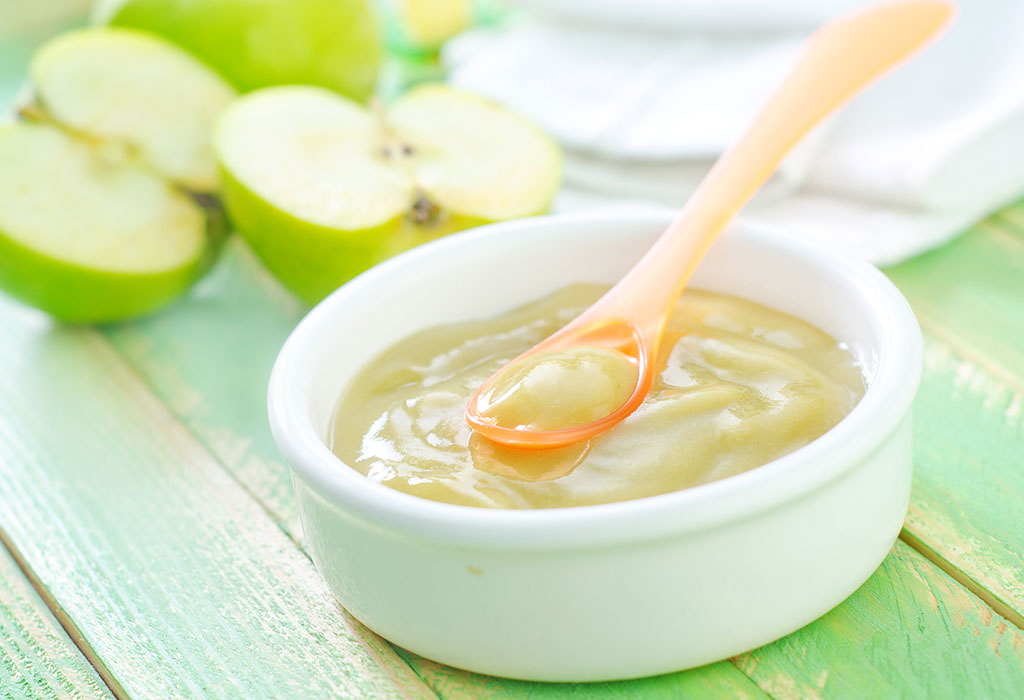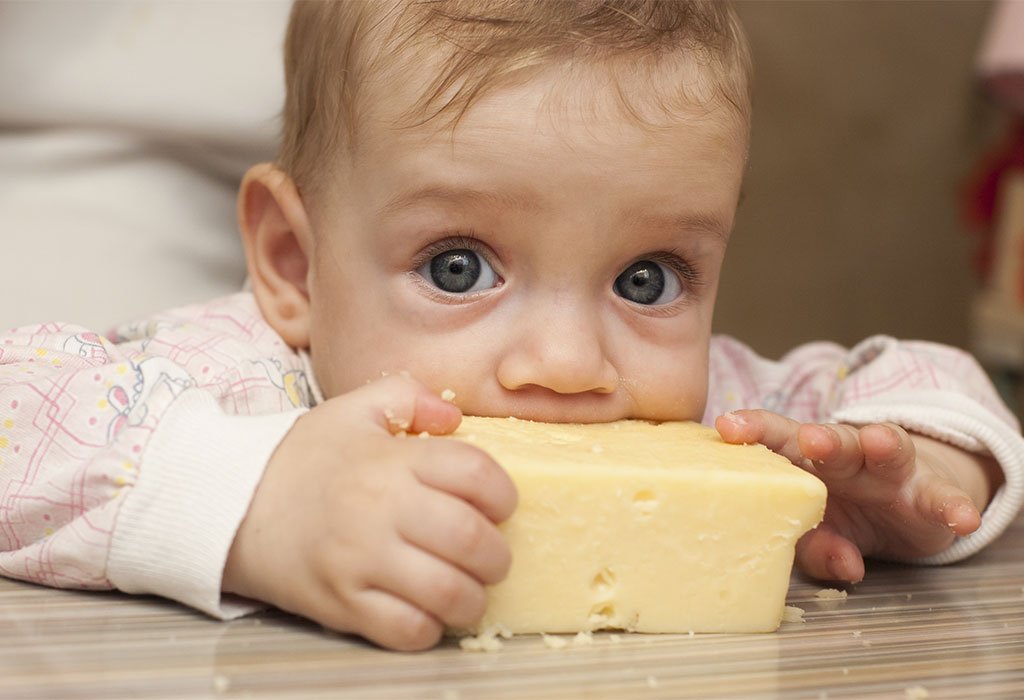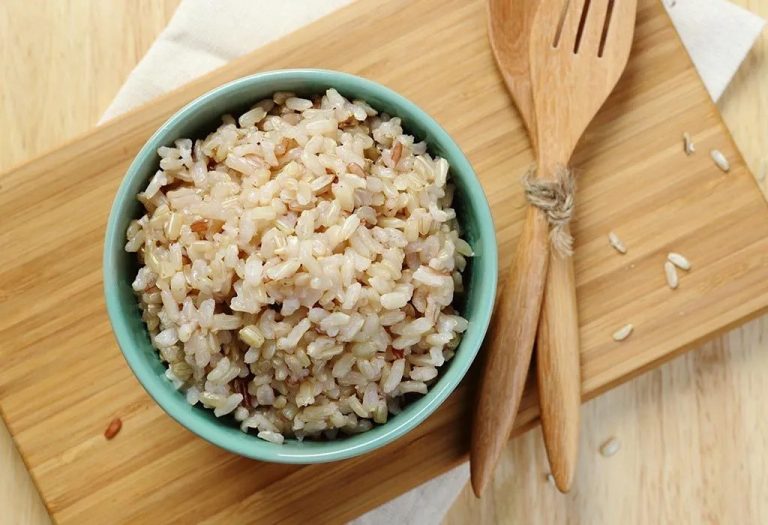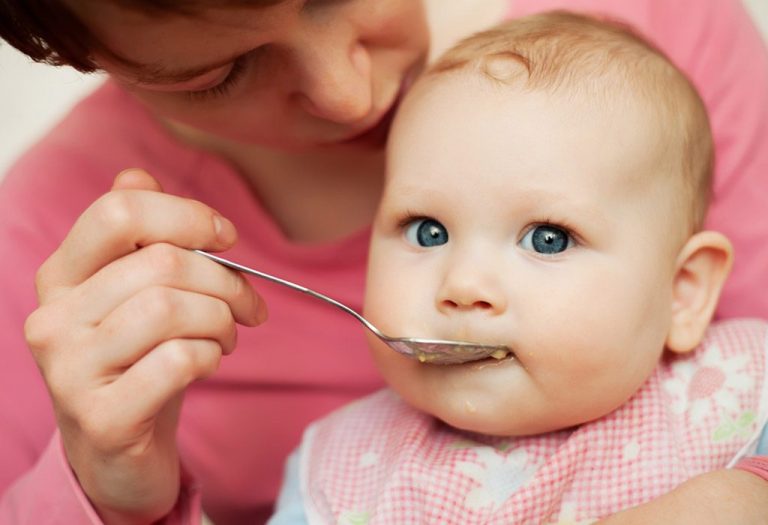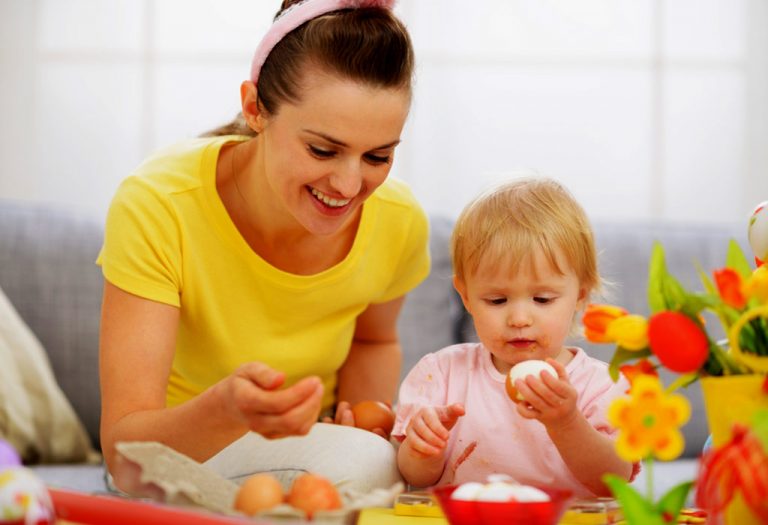The 3 Stages of Baby Food – Guide for New Parents

Breast milk is the primary source of nutrition for a newborn baby. However, there comes a time when solids need to be introduced into the baby’s diet to support their developing needs. Shifting a baby feeding exclusively on milk to solids marks a significant milestone in their life, as they begin exploring new textures and flavors. This transition can be challenging for parents, requiring patience and careful planning. To ease the process, it is helpful to introduce stage 1, 2, and 3 baby food gradually, allowing the baby to adjust at their own pace. Presenting solids to a baby in stages ensures the baby has adequate time to familiarize themselves with this new development.
You may like to add solid food to your baby’s diet gradually, starting with liquid purees, and slowly advancing to softer foods. A steady progression may help your baby to get used to chewing without teeth, and become acquainted with managing whole foods when he grows teeth (1).
You may have often noticed the labelling on baby foods, categorising them as stage 1, 2, or 3 foods. It can be quite baffling to interpret these labels. Companies making baby foods tend to use different labels for every baby food stage, contributing to the confusion. Experts suggest following the general principle of using baby food labelled stage 1 for beginners, and avoiding offering foods which have chunks to your baby until he is a seasoned eater.
Infant Food Stages
The age recommendations for every stage are merely general guidelines. Some babies can be ready for stage 2 foods before the recommended age of 7 to 8 months, while some babies may not be ready even by 8 to 9 months. Parents should not unnecessarily worry or force their baby to meet a certain stage requirement. You need to allow your baby to reach the milestones in his own time. However, you may wish to consult your paediatrician for suitable guidance if you feel that your baby is not appropriately advancing in his feeding habits.
Stage 1 Baby Food (6 to 8 Months Old)
During stage one baby food, your baby will experience the taste for solids for the first time. Ideally, solid foods may be introduced to a baby when he begins to hold his head and neck steady, and is able to sit up through some support. Apart from bodily signs, also look out for social signs, like your baby displaying a keen interest in what others around him eat, and trying to imitate their eating habits. He may open his mouth every time he sees food, and appears hungry even after nursing (2).
1. 4 to 6 Months Old Baby
Bear in mind that breast milk should remain the chief source of nutrition at this stage, as it is still the most important food for the baby. It is desirable to begin with small servings of evenly mashed foods. A few spoonfuls may be enough for your baby. You can try adding a small amount of breast milk or formula milk to the pureed food to suitably thin it. It is not recommended to add salt or sugar to your baby’s food at this point.
Foods that you can try giving your baby at this stage can be:
- Smooth purees of fruits like banana, apple
- Fine purees of vegetables
- Clear soups of single grain cereals like rice, dals (preferably after 6 months for most babies)
2. 6 to 8 Months Old Baby
During this period, you can reduce the amount of fluid you use to thin the pureed foods, as your baby may have become comfortable with more texture. You can try introducing new foods, one food item at a time, to discover what your baby may like or dislike. Do wait for about three days before introducing another new food to ensure there is no allergic reaction or digestive troubles.
Some of the foods that you may introduce can be:
- Cereals like barley and oats
- Fruits like pears, avocado, mango, banana, apples
- Vegetables like sweet potato, green beans, peas, carrots, potatoes
Stage 2 Baby Food (8 to 10 Months Old)
You may know that your baby is all set to advance to the next food stage 2 in case you observe signs like tongue thrust reflex owing to which a baby can smoothly take food into his mouth and efficiently swallow it. There may be less drooling and minimal food dribbling out of your baby’s mouth. By now, you may be well aware of your baby’s food sensitivities also. Baby food at this leg can be thicker in consistency and may contain very small food bits. Babies are not likely to have grown many teeth at this phase, so keeping the food strained may be a good idea. You can try different combinations of vegetables, fruits and cereals together and slowly increase the portions of feeds.
Foods that you may introduce can be:
- A vegetable mix of corn, carrot, pea
- Other vegetables like cauliflower, broccoli, asparagus, eggplant
- Iron-fortified cereals
- Grains like quinoa, buckwheat, flax
- Bite-size cut raw fruits like grapes, kiwi, papaya, figs, blueberries, cranberries
- Meats like fish, beef, chicken, turkey (start small, and with lean meat like fish, chicken, and well-cooked eggs)
- Egg yolk
- Tofu
- Cottage cheese, cheddar cheese, cream cheese
- Whole milk yoghurt
Stage 3 Baby Food (10 to 12 Months Old)
In baby food stages by age, the next stage is when your baby turns 10 to 12 months. He may be swallowing well, having grown more teeth. He may be able to hold a spoon and take it to his mouth as well. Babies of 10 to 12 months can usually manage food with small pieces and easy-to-chew finger food items quite easily. He may be eating more, up to a quarter cup each of vegetables, fruits, and cereals for a single meal. Continue to avoid salt and sugar in your baby’s food until he is one year old.
Some of the options for foods at this stage can be:
- All kinds of fruits including citrus and berry
- Different types of cereals and grains
- Whole eggs
- Whole milk
- Soft cheeses
- All varieties of vegetables, including green leafy vegetables
Baby Food Stage 4 (After 12 Months)
Babies typically transition to textured foods or small, soft table foods (meals with lumps or chunks) between 8 and 12 months of age. By this stage, parents can offer their child finely chopped or mashed versions of family meals or opt for specially prepared toddler foods designed for advancing eaters (3).
Some examples of suitable foods at this stage include:
- Yogurt blended with banana and mixed berries
- Oatmeal with apple, cinnamon, yogurt, and chia seeds
- Tropical fruit blends with oats and coconut milk
- Soft pasta shapes in bite-sized pieces
Understanding the key food stages for infants can help parents introduce solids safely while supporting their baby’s growth and development.
Tips to Keep in Mind While Feeding a Baby
Introducing solid foods to your baby is an exciting milestone, but it requires patience and care to ensure a safe and enjoyable experience. Here are some essential tips to help make feeding time smoother for both you and your little one.
- Begin with small portions and simple purees, gradually increasing texture and variety as your baby gets comfortable.
- Introduce one new food at a time and wait 3-5 days to check for any allergic reactions (4).
- Minimize distractions and keep mealtimes relaxed to help your baby focus on eating.
- Pay attention to hunger and fullness signals, allowing them to eat at their own pace.
- Avoid choking hazards by offering soft, age-appropriate foods and cutting them into small, manageable pieces (5).
- As your baby grows, let them explore finger foods to develop motor skills and independence.
FAQs
1. Can I mix breast milk or formula into my baby’s purees?
Yes, thinning purees with breast milk or formula can help maintain a familiar taste and smooth consistency, making the transition to solids easier for your baby.
2. What if my baby refuses solids and only wants milk?
This is common—stay patient and keep offering small amounts of solids without forcing. Let them explore textures at their own pace while ensuring they still get enough milk for proper nutrition.
3. Is it necessary to follow a strict timeline when advancing food textures?
Every baby develops at their own pace, so rigid timelines aren’t essential. Focus on your baby’s cues—like improved chewing skills and curiosity about different textures—rather than their exact age when moving to thicker or chunkier foods.
4. Can I reuse homemade baby food if my baby doesn’t finish it?
To avoid bacteria growth, discard any leftovers that have come in contact with your baby’s saliva. Instead, store unserved portions in the fridge for up to 2 days or freeze them for later use in small, fresh servings.
This was our stage 1,2, and 3 baby food list. You can always refer to a nutritionist to chalk out a proper diet for your baby age-wise, in case of any lingering concerns. Meanwhile, it can be fun to watch your baby making progress with his eating habits and skills!
References/Resources:
1. American Academy of Pediatrics – Starting Solid Foods
2. Better Health Channel – Introducing solid foods for babies
4. American Academy of Pediatrics – Food Allergy Reactions
5. American Academy of Pediatrics – Choking Prevention for Babies & Children
Also Read:
Homemade Baby Food
Foods to Avoid Feeding Baby
Best Baby Foods You Should Give Your Child
Was This Article Helpful?
Parenting is a huge responsibility, for you as a caregiver, but also for us as a parenting content platform. We understand that and take our responsibility of creating credible content seriously. FirstCry Parenting articles are written and published only after extensive research using factually sound references to deliver quality content that is accurate, validated by experts, and completely reliable. To understand how we go about creating content that is credible, read our editorial policy here.







